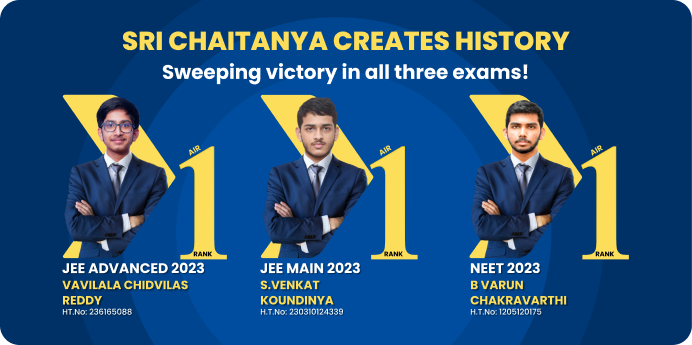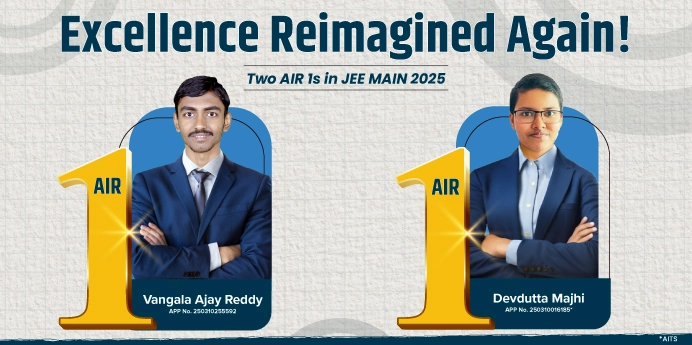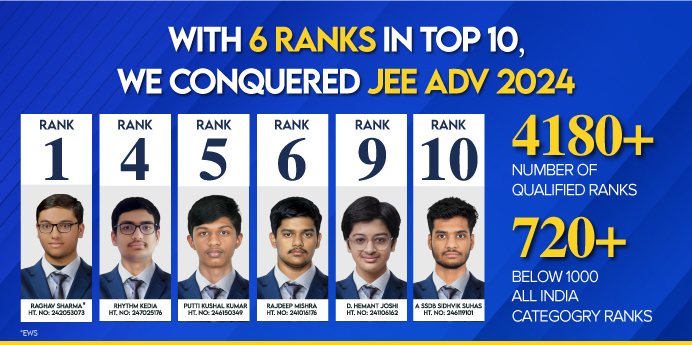





Courses

By Shailendra Singh
|
Updated on 16 May 2025, 16:07 IST
Governors play a vital role in the governance of India’s 28 states, as mandated by Article 154 of the Indian Constitution. Appointed by the President of India, they serve a five-year term and act as the constitutional heads of their respective states. Article 154 also ensures that every state has a Governor. In practice, these esteemed individuals oversee various executive actions carried out by the State Government, acting in the Governor’s name. Their role is pivotal in maintaining the balance of power and upholding the principles of federalism within the Indian political landscape.
In a significant development, President Draupadi Murmu has appointed new governors for 13 states and one union territory in India. These newly appointed governors have successfully taken their oaths of office and are now officially in charge of their respective states. This move by the President marks a noteworthy shift in leadership across the country, ushering in fresh faces and perspectives to contribute to the growth and development of their respective regions. It reflects a commitment to effective governance and the promotion of regional cooperation. Stay tuned for updates on the new governors as they begin their tenure and work towards the betterment of their respective states and the union territory.
Also Check: GK Questions for Competitive Exams
| State | Capital | Governor |
| Andhra Pradesh | Amaravati | Abdul Nazeer |
| Arunachal Pradesh | Itanagar | Trivikram Parnayak |
| Assam | Dispur | Lakshman Prasad Acharya |
| Bihar | Patna | Rajendra Vishwanath |
| Chhattisgarh | Raipur | Ramen Deka |
| Goa | Panaji | PS Sreedharan Pillai |
| Gujarat | Gandhinagar | Acharya Dev Vrat |
| Haryana | Chandigarh | Bandaru Dattatreya |
| Himachal Pradesh | Shimla | Pradap Sukhla |
| Jharkhand | Ranchi | Santosh Kumar Gangwar |
| Karnataka | Bengaluru | Thawarchand Gehlot |
| Kerala | Thiruvananthapuram | Arif Mohammed Khan |
| Madhya Pradesh | Bhopal | Mangubhai Chaganbhai Patel |
| Maharashtra | Mumbai | C.P. Radhakrishnan |
| Manipur | Imphal | Lakshman Prasad Acharya (Additional Charge) |
| Meghalaya | Shillong | C H Vijayashankar |
| Mizoram | Aizawl | Shri Indra Sena Reddy Nallu (Additional Charge) |
| Nagaland | Kohima | Shri La. Ganesan |
| Odisha | Bhubaneswar | Raghubar Das |
| Punjab | Chandigarh | Gulab Chand Kataria |
| Rajasthan | Jaipur | Haribhau Kisanrao Bagde |
| Sikkim | Gangtok | Om Prakash Mathur |
| Tamil Nadu | Chennai | R.N. Ravi |
| Telangana | Hyderabad | Jishnu Dev Varma |
| Tripura | Agartala | Indra Sena Reddy Nallu |
| Uttar Pradesh | Lucknow | Anandiben Patel |
| Uttarakhand | Dehradun (Winter), Gairsain (Summer) | Gurmit Singh |
| West Bengal | Kolkata | Dr. C.V. Ananda Bose |
This list offers a comprehensive look at the accomplished individuals who occupy these important roles. For more extensive information, please consult the provided source.
| Union Territory | Capital | Governor |
| Andaman & Nicobar | Port Blair | Admiral D K Joshi (Lieutenant Governor) |
| Chandigarh | Chandigarh | Banwarilal Purohit |
| Dadra and Nagar Haveli and Daman and Diu | Daman | Shri Praful Patel (Administrator) |
| Delhi | New Delhi | Vinai Kumar Saxena |
| Jammu and Kashmir | Srinagar | Shri Manoj Sinha (Lieutenant Governor) |
| Lakshadweep | Kavaratti | Shri Praful Patel (Administrator) |
| Puducherry | Puducherry | C.P. Radha Krishnan (Additional Charge) |
| Ladakh | Leh | Mishra (Lieutenant Governor) |
| First Governors of India | ||
| State | First Governor | Term |
| Andhra Pradesh | C. M. Trivedi | 1953-1957 |
| Assam | Muhammad Saleh Akbar Hydari | 1947-1948 |
| Bihar | Dr. Rajendra Prasad | 1947-1948 |
| Bombay (Now Maharashtra and Gujarat) | Raja Maharaj Singh | 1947-1948 |
| Madhya Pradesh | Dr. Kailash Nath Katju | 1952-1957 |
| Mysore (Now Karnataka) | Jayachamarajendra Wadiyar | 1949-1956 |
| Orissa (Now Odisha) | Asaf Ali | 1947-1948 |
| Punjab (Now Punjab, Haryana, and Chandigarh) | Chandulal Madhavlal Trivedi | 1947-1952 |
| Rajasthan | Sardar Hukam Singh | 1948-1952 |
| Uttar Pradesh | Hormasji Peroshaw Mody | 1947-1952 |
Role and Authority: Governors serve as the highest constitutional authorities in Indian states and represent the President locally. They hold significant powers, including appointing the Chief Minister, removing the state government, and giving approval to state legislature bills.
Dual Responsibilities: Governors have a dual role, acting both as the state’s constitutional heads and as representatives of the President. They must maintain impartiality and prioritise the state’s welfare while ensuring the state government operates in line with the Constitution.
Historical Roots: The concept of Indian governors can be traced back to the colonial era when the highest authority representing the British Crown was the Governor-General. After India gained independence, the Governor-General’s position was abolished, and the President and governors were established under the new constitution.
Varied Titles: While the official term for a governor is “Rajyapal” in Hindi, which translates to “State’s Protector” or “State’s Guardian,” in some states, they are also referred to as “Governor-General,” acknowledging the historical significance of the role.

Ceremonial Duties and Protocols: Governors have a ceremonial role in the state, participating in state functions, inaugurations, and other significant events. They also host and engage with dignitaries and foreign diplomats visiting the state.
The role of Governors in India is a pivotal one in the nation’s federal structure. Appointed by the President of India, they serve as the constitutional heads of each state, ensuring the balance of power and upholding the principles of federalism. The recent appointments of Governors in various states and union territories reflect a commitment to effective governance and regional cooperation, bringing fresh faces and perspectives to contribute to the growth and development of their respective regions.
Governors, while holding significant powers, must also maintain impartiality and prioritize the welfare of their states, ensuring that state governments operate in accordance with the Indian Constitution. This duality of their role as constitutional heads and representatives of the President underscores their importance in the Indian political landscape.
The historical roots of the Governor’s role can be traced back to the colonial era, and their titles, though varied, all emphasise their significance as protectors or guardians of the state. Beyond their constitutional duties, Governors also perform ceremonial roles, participating in state functions and hosting dignitaries, adding to the rich tapestry of India’s political and cultural landscape.

Governors in India serve as the highest constitutional authorities in states, representing the President locally. They have significant powers, including appointing the Chief Minister, giving approval to state legislature bills, and ensuring the state government operates within the Constitution.
Governors in India are appointed by the President of India.
Governors serve a five-year term in India.
To become a Governor in India, one must be an Indian citizen, at least 35 years old, and not hold any position that earns money in the central or state government or a local authority. They should not be an MP or MLA, should not be actively involved in political activities, should have a clean criminal record, and cannot be a government employee.
No, a Governor can only serve one state at a time.